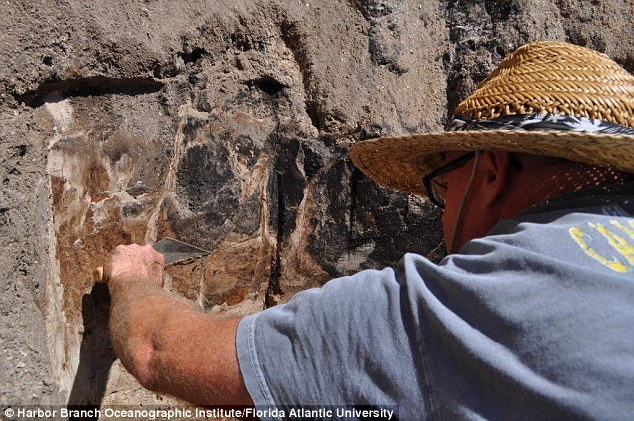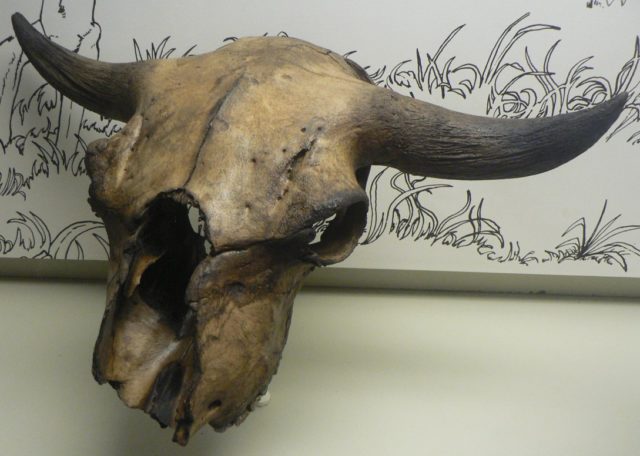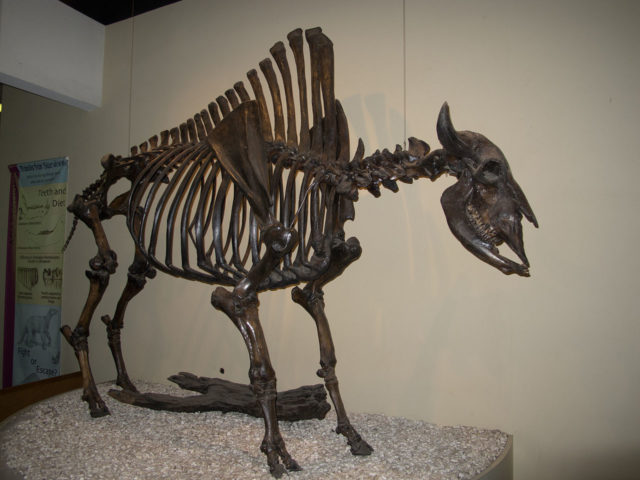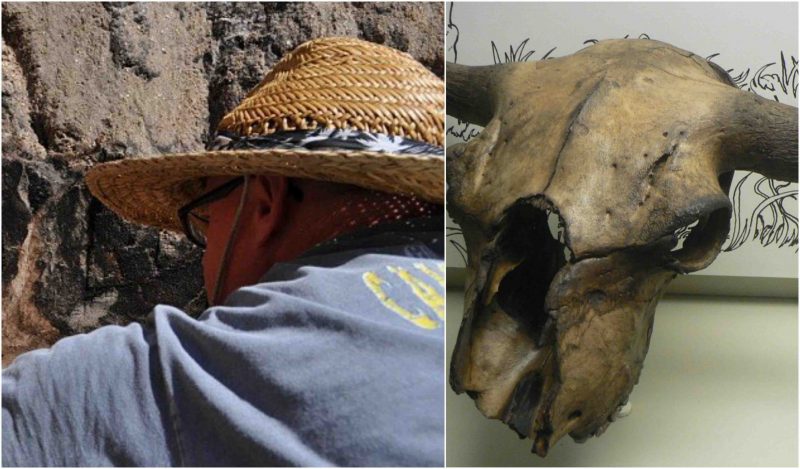Thanks to archaeology, experts have found thousands upon thousands of remains and artifacts that help fill in the missing pieces in our knowledge of ancient people, animals, and history in general. Although some of the pieces that have been found can’t always be authenticated, it still helps experts study the items.
Just recently, archaeologists discovered the remains of what they believe is an ancient bison species that once walked the plains of North America.
Experts consider this find to be one of the oldest and most important finds in North America. After further analysis, archaeologists tested the bones of the ancient animal. The remains showed that the bison is 14,000 years old. The bones were found just 10 feet under the surface at Old Vero Man Site in Vero Beach, Florida.
Archaeologists discovered that the animal was a bison by using an upper molar tooth which was thought to have represented Bison antiquus. This is known as one of the direct ancestors of the American bison that lived in North America until it went extinct.

Source: Harbor Branch Oceanographic Institute/Florida Atlantic University
The bones of the animal were found beneath a layer which contained a special material which was generally found in the Pleistocene period when the last Ice Age had occurred.
So what makes this discovery so miraculous? Because the bison was generally a land animal, its bones almost always disintegrated after the animal died. This results in a lack of remains left to discover thousands of years later. Thankfully, this rare specimen was well preserved.
The remains had been discovered by experts working at the Florida Atlantic University’s Harbor Branch Oceanographic Institute. One of the archaeologists on the team, James M. Adolvasio, said that this was a particularly special find because of the documentation involved. He added that it is also a major find because bones like these have never been found on land even after several archaeological efforts had been made.

He explained that other bones that belonged to bison had been found mostly underwater. They have also been in sinkholes or even streams. This particular bison species was, and is, known as the ancient bison. It was actually the most common and the largest herbivore in North America. They roamed the continent for more than 10,000 years. The ancient bison was about eight feet tall, 15 feet long, and weighed over 3,000 pounds.
The lead archaeologist on the dig, Andrew Hemmings, said that he and his team couldn’t have asked for a better “representative species from the era.” He added that he and the team also discovered that people must have been living in that particular area in Vero Beach at the time as well.
The bones have been moved to FAU’s Ancient DNA Lab at Harbor Branch so archaeologists can examine them further. The lab was established back in 2011 so that archaeologists and scientists could investigate the biology, genetic diversity, and species composition of other past ecosystems.
The scientists on the team had found other bones on the site near the bison remains and identified them as small mammals; also found were other smaller slivers of bones from larger mammals. Although it cannot be proved, the slivers may have been from larger mammals such as the mammoth, mastodon, sloth, or another bison.

In the same area, there were pieces of charcoal along with the head of a fly. The excavation of the site has been going on since late last February.
The site where the remains were found, Old Man Vero Site, was discovered back in 1915. It had been established after a construction effort to make a drainage canal had exposed the remains. The construction crew had also exposed flora and fauna from the last Ice Age period.
